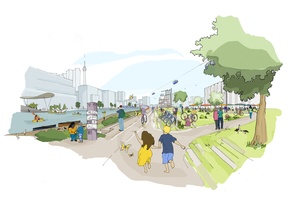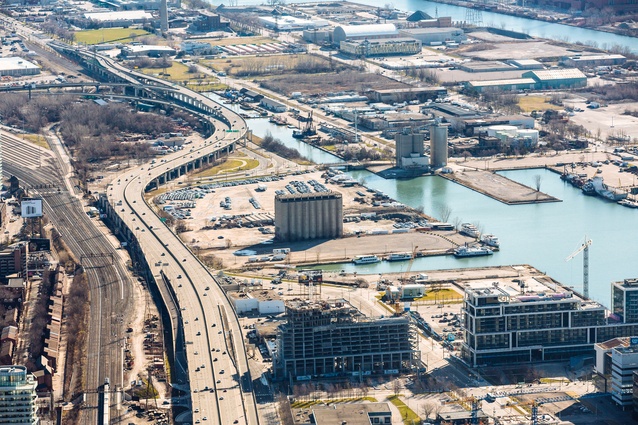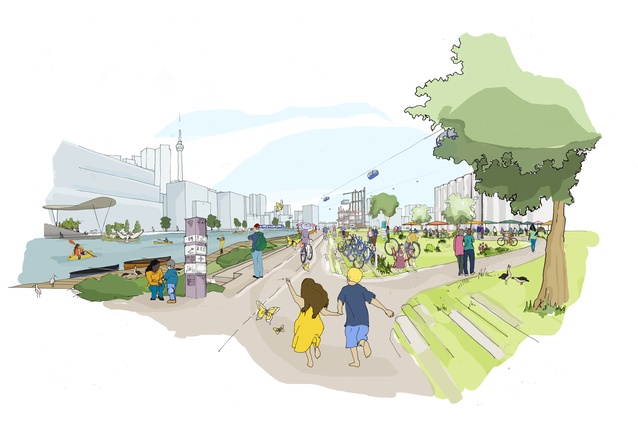Smart cities with a human face
Smart cities are coming. Automation, synchronisation and information are set to revolutionise our way of life; however, smart cities are yet to find a narrative that is popular with social communities.
While the industry itself believes in the benefits that smart cities will bring, social communities in neighbourhoods, public spaces and personal homes are not convinced by the current efficiencies-based narrative that the technology will improve their lives.
What is required is a new human-faced narrative for smart cities that communicates their ability to enable and enhance the irreplaceable social environment that those communities value.
Broadly speaking, smart cities are a vision of future communities that use technology on a greater scale than what is currently used to manage and improve their lives. The ‘smart’ refers to the technology that will be able to monitor, make decisions and action commands on behalf of the communities.
This technology is set to remove the doldrums of daily life by automating low-valued tasks and experiences so human attention can be applied elsewhere. Early indications of where this technology may become commonplace first are in driverless cars, drone delivery services and automated home appliances and utilities such as power, audio-visual and heating.
Currently the dominant smart cities narrative emphasises achieving time and resource efficiencies through infrastructure and technology improvements. For example, the United Nation’s United Smart Cities initiative identifies the key areas for smart cities’ progression as being urban mobility, sustainable housing, clean energy, waste management and ICT.
Other city-level initiatives, such as in Amsterdam’s City Data and London’s Datastore programs, emphasise big data to address city issues. For smart cities globally, these areas of emphasis are justified as they will have the greatest positive effect on the world’s liveability, workability and sustainability by lifting people out of poverty and building stronger economies.
However, this narrative has not been convincing for communities who do not prioritise these efficiencies; namely in those socially-focused spaces such as neighbourhoods, public spaces and personal homes.

In Quayside, the Toronto neighbourhood designed by Google’s sister company Sidewalk Labs, opposition against smart cities’ technology grew when the community learned that their toilets and sinks, noise inside their buildings, the movement of people on the sidewalk, and more, will be monitored to achieve improved natural resource and transport efficiencies.
This did not bode well for the company associated with Google, who is known for selling personal data to influence its users.
The community protested that these spaces will lose their democratic and organic social value by being monitored and potentially controlled by a private company. Even though Sidewalk Labs is investing $50 million to hold public consultations and develop a plan that attempts to reassure fears, the community is opposing the development’s use of monitoring in their immediate social environment.
Although the benefits from smart cities’ efficiencies were recognised, ultimately for the community they translated into potentially losing the intimacy and intricacies that make their community feel like home.
This response has been consistent elsewhere in the world. Smart cities in Dholera, India, London, and Barcelona, have received opposition from similar social communities, centered around fears of the technology breaching personal privacy, displacing or discouraging economically or politically marginal communities from spaces, or altering traditional ways of life.
In the face of this opposition, smart cities’ technologies have struggled to be adopted in socially-focused spaces. As a result, they have been largely confined to mostly commercial and community-absent public zones such as shopping streets and motorways to avoid claims of invading and interfering in people’s lives.
It is becoming evident that smart cities are failing to convince communities of their value in social spaces. The efficiencies-based narrative of smart cities does not resonate with communities that value a space’s intimate and intricate social nature rather than time and resource efficiencies. The technology cannot replicate, enlarge or quicken the valued subjective human experiences of these spaces.
Spaces such as a well-used neighbourhood park or cafe where relationships and interactions can take place are not improved in the community’s eyes by using less resources or increasing its capacity. If anything, it threatens the space’s quaint charm. As Jane Jacobs states, “The remarkable intricacy and liveliness of downtown can never be created by the abstract logic of a few men.”
To solve this, smart cities need a new narrative that is aware of the existing values in these social spaces. This narrative needs to communicate the technology in a manner which utilises the existing community’s valued aspects of their space at the centre of its story. Whether these are privacy, street-specific identities, or something else, they need to be the focus, so that smart cities can positively resonate for communities.
Also, smart cities should showcase their ability to enable and enhance the existing community in a way that builds on the organic ecosystems that already exist, but not try to replace them. By approaching it that way, then communities may not be convinced that their environment will be lost to sensors. This is important because the community can then see themselves as living within smart cities and not as their opposition.
In short, smart cities need to adopt a human face to be welcomed into social spaces. To achieve the smart cities’ vision of a society enabled by technology, the existing social environment must be used as a blueprint for the technologies’ implementation. In these spaces, smart cities need to stop emphasising change but instead show how they can enhance the existing.











